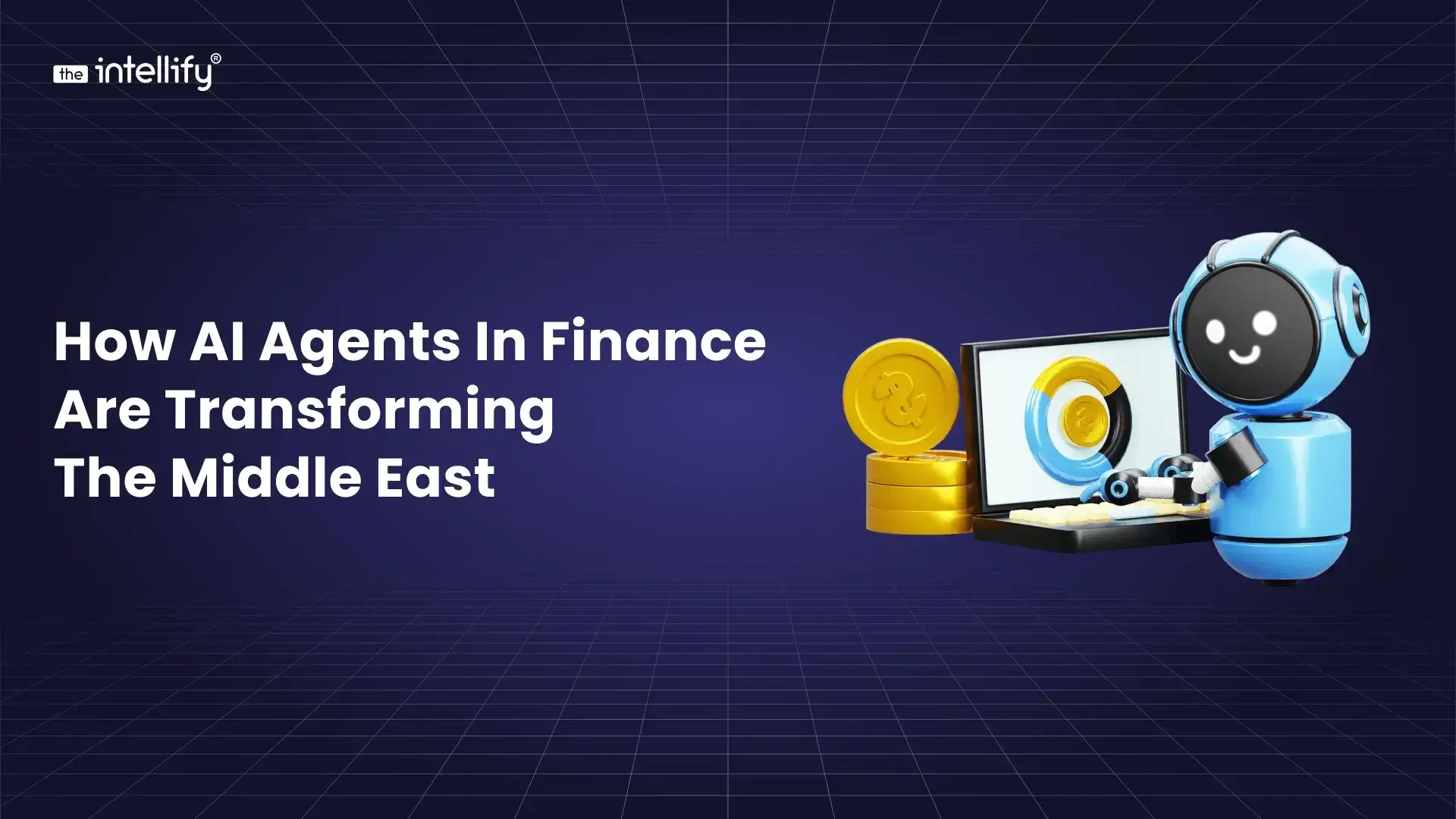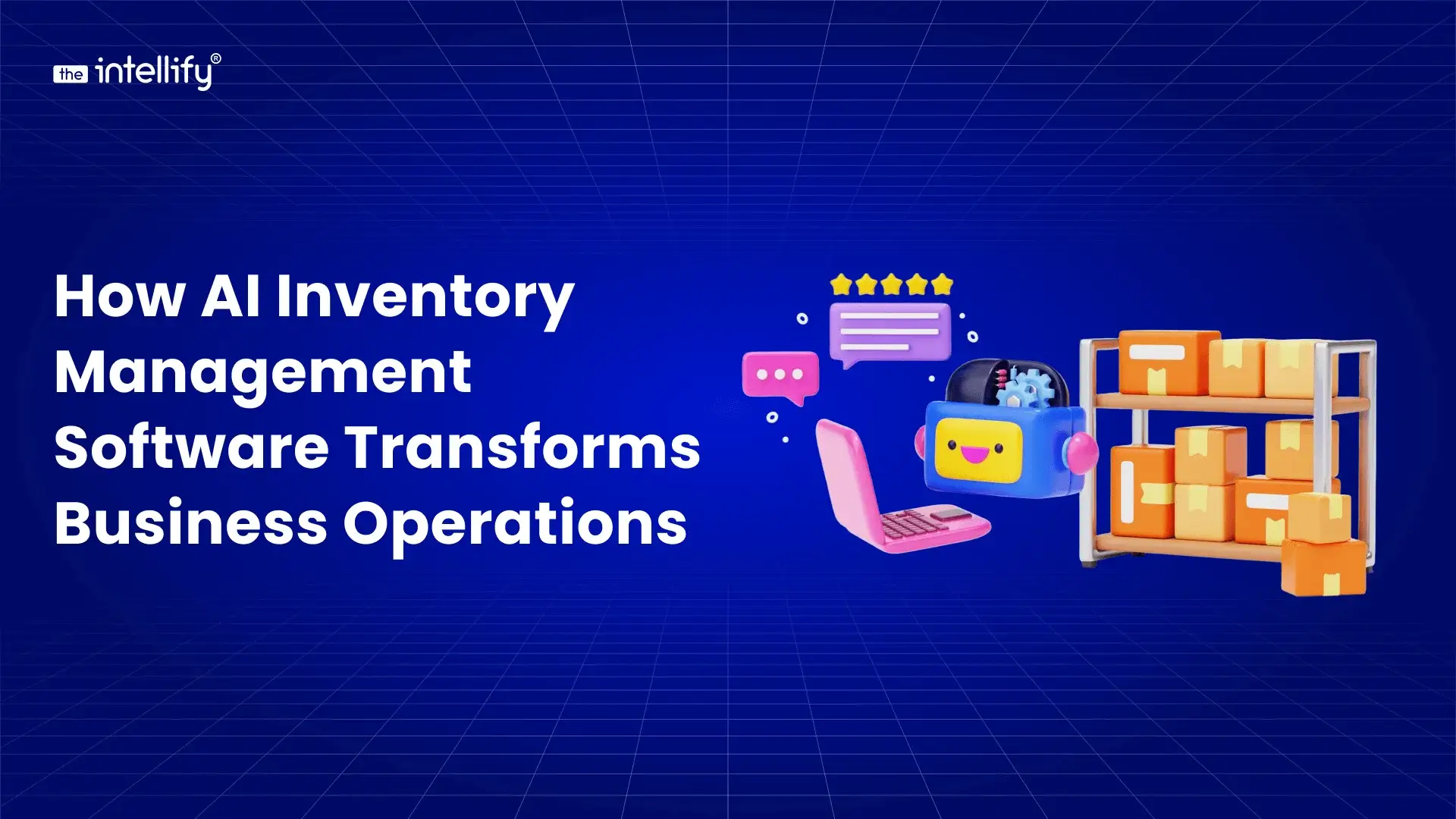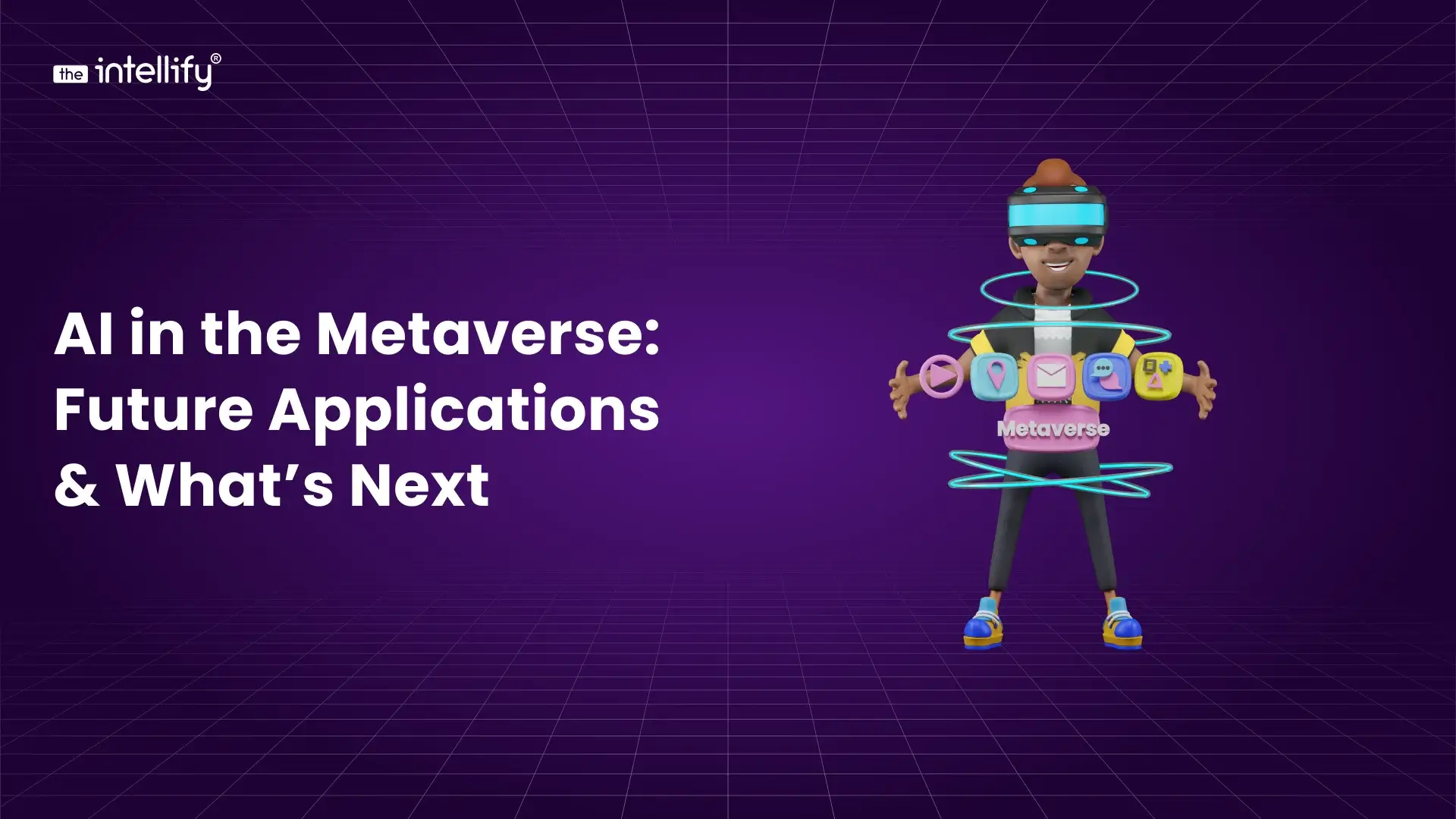
An Introduction to the AI Revolution in Law

The legal profession, long defined by precedent and tradition, is undergoing a seismic shift in technology. At the epicentre of this transformation is Legal AI, a powerful suite of technologies that is reshaping everything from contract review to case strategy.
This is no longer a futuristic concept discussed in academic papers; it is a practical reality being implemented in law firms and corporate legal departments worldwide. For legal professionals, financial advisors, and anyone navigating the complexities of the law, understanding AI and legal frameworks is becoming increasingly essential.
This guide will demystify the world of legal AI, breaking down its core technologies, analysing the booming market, and showcasing the best legal AI tools available in 2025. We will explore how this technology is being used today, the critical ethical guardrails required for its responsible use, and what the future holds for a profession on the brink of a new era.
What Is Legal AI?
At its core, Legal AI refers to the application of the best artificial intelligence technologies, specifically tailored to perform legal tasks. It is not a single, monolithic entity but rather a convenient shorthand for a combination of advanced software tools designed to process and “understand” the vast amounts of information inherent in legal work.
To grasp its impact, it’s crucial to understand the key technologies that power the modern AI legal assistant.

The Technology Under the Hood
Three core technologies form the foundation of most legal AI software:
- Natural Language Processing (NLP): This is the fundamental engine that allows machines to read, interpret, and generate human language. Early NLP was limited to basic keyword searches, but modern systems can understand semantic context and nuance. For example, when a human reads the sentence, “On safari, I took a picture of a giraffe in my pyjamas,” they instantly know the person is wearing the pyjamas, not the giraffe. An NLP program must use complex algorithms to parse sentence structure and relationships to arrive at the exact correct conclusion. This ability to decipher ambiguity is what makes NLP invaluable for analysing complex legal documents.
- Machine Learning (ML): A subset of AI, machine learning trains systems to recognise patterns in data and then take action based on those patterns. In the legal field, it primarily takes two forms:
-
- Supervised Learning: An AI model is trained on a dataset that has been pre-labelled by human legal experts. This approach is effective for tasks with a clear right or wrong answer, such as reviewing an invoice for compliance with billing guidelines.
- Unsupervised Learning: The AI analyses unlabeled data to find its hidden patterns. A law firm might use this to analyse thousands of third-party contracts and identify every variation of a “limitation of liability” clause, thereby helping to standardise its language.
Generative AI: This technology powers tools like ChatGPT and has truly revolutionised the field. Unlike older AI that could only classify or analyse information, generative AI creates new, seemingly original content. It can produce an initial draft of a legal brief, summarise a lengthy deposition, or generate a list of potential risks in a contract, making it the driving force behind the most advanced AI legal assistants.
A critical distinction exists between general-purpose AI tools and professional-grade legal AI platforms. Consumer tools like the free version of ChatGPT are trained on broad, unfiltered internet data and can be prone to errors or “hallucinations.”
In contrast, domain-specific tools are trained on curated, high-quality legal databases and are built with safeguards to ensure the accuracy and confidentiality that the legal profession demands.
The Booming Market for AI in Law
The rapid adoption of legal and AI technologies is not just anecdotal; it is reflected in the explosive growth of these markets. While the broader legal technology market is substantial, valued globally at approximately $33.97 billion in 2025 and growing at a steady 9.4% compound annual growth rate (CAGR), the AI for legal niche is expanding at a much faster pace.
The dedicated legal AI market, valued at around $1.9 billion in 2024, is projected to grow at a CAGR of over 13%. More specifically, the best legal AI software provider market is forecasted to experience a blistering 28.3% CAGR, expanding from $3.11 billion in 2025 to $10.82 billion by 2030.
This dramatic difference in growth rates points to a fundamental market disruption. AI is no longer just another feature; it is becoming the central, value-driving component of the entire legal tech ecosystem.
This trend is fueled by intense pressure on law firms and corporate legal departments to increase efficiency, reduce costs, and manage an ever-growing volume of digital data. North America currently leads the market, but the Asia-Pacific region is expected to be the fastest-growing geography in the coming years.
How Legal AI Is Used in Practice
Beyond the market figures, the true story of legal AI lies in its practical applications. These tools automate routine work, freeing legal professionals to focus on the high-value, strategic counsel that clients demand.

AI Legal Document Review and Summarisation
The most mature and widely used application is AI-driven legal document review. Manually analysing contracts, briefs, and evidence is incredibly time-consuming and prone to human error. AI tools can perform this work in a fraction of the time with greater consistency.
A landmark study demonstrated that an AI achieved 94% accuracy in reviewing non-disclosure agreements in just 26 seconds, whereas a team of 20 experienced lawyers took 92 minutes to reach 85% accuracy.
For professionals in various fields, AI tools for summarising legal documents are a game-changer. An AI can ingest a hundred-page filing and produce a concise, accurate summary of its key arguments and conclusions in minutes, streamlining information processing and enabling faster, more informed decision-making.
AI for Legal Research and e-Discovery
AI legal research assistants are revolutionising the traditional process of legal research. Instead of relying on cumbersome keyword searches, lawyers can now use natural language to ask complex questions, such as “What are the precedents in the Ninth Circuit regarding force majeure clauses in supply chain contracts post-COVID?” The AI can then search vast legal databases and provide a synthesised answer, along with citations to relevant case law.
In litigation, AI for legal research is essential for e-Discovery, the process of identifying and producing electronically stored information (ESI). Modern lawsuits often involve terabytes of data, including emails, chat messages, and documents.
AI-powered Technology-Assisted Review (TAR) automates the culling of this data, learning in real-time which documents are most relevant and prioritising them for human review, saving thousands of hours and millions of dollars in discovery costs.
A Niche Focus: AI for Financial Advisors
The power of these tools extends beyond law firms. For instance, AI tools for summarising legal documents for financial advisors address a critical pain point. Advisors are often required to navigate complex legal documents, ranging from investment prospectuses to intricate trust agreements and compliance forms.
AI can automate the summarisation of these documents, extracting key risks, financial obligations, and essential deadlines. This enhances their efficiency, ensures regulatory compliance, and allows them to dedicate more time to strategic financial planning for their clients.
A Look at the Best Legal AI Tools for 2025
The market for legal AI tools has become increasingly crowded, but a few key players have emerged as leaders across various categories. Choosing the right legal AI tool depends on a firm’s specific needs, practice areas, and budget.

AI Legal Tools Comparison
| Tool Name | Primary Function | Target User | Starting Price (per user/month) | Free Trial |
|---|---|---|---|---|
| Harvey AI | Comprehensive AI Legal Assistant | Large Law Firms, Enterprise | Enterprise Only (Quote) | No |
| Casetext CoCounsel | AI Legal Research & Drafting | All Law Firms | ~$400 (Full Access) | No |
| Spellbook | Contract Drafting & Review | Transactional Lawyers, SMBs | ~$40 | Yes |
| Clio Duo | Integrated Practice Management AI | Small to Mid-Sized Firms | $89 (+ Clio Plan) | Yes |
| Relativity | e-Discovery | Litigation Teams, Large Firms | Enterprise Only (Quote) | No |
| ChatGPT / Claude AI | General-Purpose AI Assistant | Solo Practitioners, Students | Free / ~$20 | N/A |
Comprehensive AI Legal Assistants
These platforms aim to be an all-in-one legal assistant AI for lawyers. Harvey AI, backed by OpenAI, is a powerful tool for large enterprises, offering deep analysis and customizable workflows for complex legal questions.
Casetext CoCounsel, now part of Thomson Reuters, is a premier AI-powered legal research assistant that integrates conversational AI with trusted content from Westlaw, enabling lawyers to research, draft, and analyse documents with confidence.
Specialised Workflow Tools
Some of the best legal AI tools excel at a single, high-value task. Spellbook is a leader in AI legal document review for transactional lawyers, integrating directly into Microsoft Word to suggest clauses, redline contracts, and check for missing terms. It is known for its user-friendly interface and accessibility for smaller firms.
For litigation, Relativity remains the industry standard for e-discovery, utilising powerful AI to manage and analyse massive datasets.
Integrated Practice Management AI
Recognising that workflow is king, platforms like Clio and MyCase have launched their integrated AI assistants, Clio Duo and MyCase IQ, respectively. These tools bring AI directly into the software that thousands of firms already use for case management, billing, and client communication, making adoption seamless.
They can help draft emails, summarise client calls, and track deadlines within the context of a specific matter.
Free Legal AI Tools
For those looking to experiment, free legal AI tools are available. General-purpose assistants like ChatGPT and Claude AI can be prompted to perform tasks related to law, such as brainstorming arguments or simplifying complex language. However, they come with significant risks related to accuracy and confidentiality and should never be used with sensitive client information.
The Elephant in the Room: Ethical Risks and Professional Responsibility
The power of legal AI comes with profound ethical obligations. For lawyers, embracing this technology requires a vigilant focus on professional responsibility.
- Confidentiality and Data Security: Inputting confidential client information into a public AI tool is a major ethical breach. The data could be used to train the model and potentially be shared with other users, thereby violating the duty of confidentiality. Firms must use secure, professional-grade tools that offer enterprise-grade security, data encryption, and zero-retention policies, meaning the vendor does not store or learn from client data.
- Accuracy and “Hallucinations”: Generative AI can sometimes “hallucinate,” inventing facts or citing non-existent case law. In a notable 2023 case, two New York lawyers were fined $5,000 for submitting a legal brief that contained six fictitious case citations generated by ChatGPT. This highlights a crucial rule:
- Human oversight is non-negotiable. The lawyer is always ultimately responsible for the accuracy and integrity of their work product.
- Algorithmic Bias: AI models learn from data, and if that data reflects historical societal biases, the AI’s output will also be biased. For example, an AI used in sentencing could perpetuate discrimination if trained on biased historical data.
Lawyers must be aware of this risk and ensure AI is used to promote fairness, not reinforce injustice.
The Future of Legal AI: What to Expect by 2030
The evolution of AI for legal work is far from over. Experts predict that the coming years will bring even more profound changes.
The consensus is that AI will augment, not replace, lawyers. By automating routine tasks, AI will free legal professionals to focus on the uniquely human skills that clients value most: strategic judgment, creative problem-solving, empathy, and ethical counsel.
The next generation of legal assist AI will likely be “agentic,” meaning the AI can handle complex, multi-step workflows autonomously. An AI agent might receive a new client file, draft an initial response, conduct preliminary research, and flag key documents for review, all with minimal human prompting.
This wave of efficiency is also forcing a reckoning with the legal industry’s traditional business model. The billable hour, which rewards time spent, is fundamentally at odds with technology that drastically reduces the time required. Firms that thrive will be those that shift toward alternative fee arrangements and successfully market their value based on outcomes and strategic insight, not just hours worked.
Conclusion
Legal AI is no longer a peripheral technology; it is a core driver of efficiency, strategy, and value in the modern legal profession. From automating AI legal document review to providing deep insights through AI for legal research, these tools are fundamentally changing the practice of law.
The market is expanding at an exponential rate, and the capabilities of the technology are growing more sophisticated each year.
However, this power comes with responsibility. The path forward requires a dual commitment: embracing innovation to serve clients better while upholding the highest ethical standards of confidentiality, accuracy, and fairness.
The question for legal professionals in 2025 is no longer if they should adopt AI, but how they can leverage it thoughtfully and responsibly to build a more efficient, accessible, and strategic future for the law.

Written By, Darshak Doshi
With over a decade of experience, Darshak is a technopreneur specializing in cloud-based applications and product development in healthcare, insurance, and manufacturing. He excels in AWS Cloud, backend development, and immersive technologies like AR/VR to drive innovation and efficiency. Darshak has also explored AI/ML in insurance and healthcare, pushing the boundaries of technology to solve complex problems. His user-focused, results-driven approach ensures he builds scalable cloud solutions, cutting-edge AR/VR experiences, and AI-driven insights that meet today’s demands while anticipating future needs.


How AI Agents in Finance Are Transforming the Middle East
Summary: This Blog will explain what AI agents in finance are, their utility in the Middle Eastern market, their applications in the real world, the benefits they can bring to businesses, and how financial institutions can effectively utilize these tools. The Middle East’s finance industry is changing quickly, mostly because of new technologies and […]


How to Build a High-Performance Sports Streaming App
Summary: This blog provides a clear overview of how to build a sports streaming app, including essential features, advanced capabilities, tech architecture, cost breakdowns, and the full development roadmap. It also covers monetization options, performance challenges, and what makes a streaming experience successful. If you’re exploring sports streaming app development, this guide helps you understand […]


How AI Inventory Management Software Transforms Business Operations
Summary: AI inventory management software is reshaping how businesses handle stock, forecasting, and daily operations. Instead of relying on guesswork or outdated spreadsheets, AI helps companies track inventory in real time, spot trends early, and prevent stockouts or excess stock. This blog explains how AI improves accuracy, lowers costs, and boosts overall efficiency across retail, […]


How AI Agents in Finance Are Transforming the Middle East
Summary: This Blog will explain what AI agents in finance are, their utility in the Middle Eastern market, their applications in the real world, the benefits they can bring to businesses, and how financial institutions can effectively utilize these tools. The Middle East’s finance industry is changing quickly, mostly because of new technologies and […]


How AI Inventory Management Software Transforms Business Operations
Summary: AI inventory management software is reshaping how businesses handle stock, forecasting, and daily operations. Instead of relying on guesswork or outdated spreadsheets, AI helps companies track inventory in real time, spot trends early, and prevent stockouts or excess stock. This blog explains how AI improves accuracy, lowers costs, and boosts overall efficiency across retail, […]


AI in the Metaverse: Future Applications & What’s Next
Summary: This blog explores how AI in the metaverse is slowly reshaping the way we interact with digital spaces. It breaks down how AI personalizes virtual worlds, improves navigation, and makes avatars, environments, and conversations feel more lifelike. You’ll also find practical tips on getting started, plus a look at what the future may hold […]
0
+0
+0
+0
+Committed Delivery Leads To Client Satisfaction
Client Testimonials that keep our expert's spirits highly motivated to deliver extraordinary solutions.




















